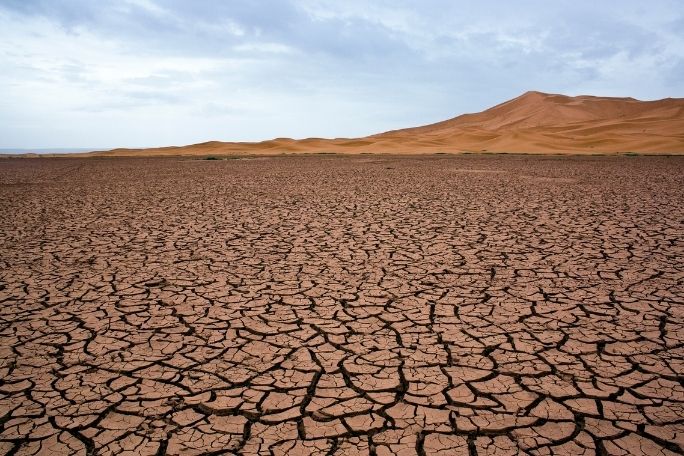Lesson summary
In this activity students investigate the difference between climate and weather, and speculate how changes in weather and climate might affect plants, animals and people. They begin the activity by watching a clip comparing climate and weather and then answering a series of questions related to the clip. They then work in groups to create mind maps describing how they think different changes to climate (e.g. hotter, colder, wetter, drier, stormier) will affect animals, plants and weather, and make suggestions as to how might be able to help plants and animals prepare for these weather events.
Learning intentions:
Students will...
- recognise the difference between weather and climate
- understand that changes to weather and climate can impact upon plants, animals and people
- recognise some of the measures required for plants and animals to prepare for and adapt to these changes.
Lesson guides and printables
Lesson details
Curriculum mapping
Australian Curriculum content descriptions:
Year 3 Science:
- Science involves making predictions and describing patterns and relationships (ACSHE050)
- Represent and communicate ideas and findings in a variety of ways such as diagrams, physical representations and simple reports (ACSIS060)
Year 3 Geography:
- The main climate types of the world and the similarities and differences between the climates of different places (ACHASSK068)
- Record, sort and represent data and the location of places and their characteristics in different formats, including simple graphs, tables and maps, using discipline-appropriate conventions (ACHASSI054)
- Present ideas, findings and conclusions in texts and modes that incorporate digital and non-digital representations and discipline-specific terms (ACHASSI061)
- Reflect on learning to propose actions in response to an issue or challenge and consider possible effects of proposed actions (ACHASSI060)
Year 4 Science:
- Living things, including plants and animals, depend on each other and the environment to survive (ACSSU073)
- Earth’s surface changes over time as a result of natural processes and human activity (ACSSU075)
- Represent and communicate ideas and findings in a variety of ways such as diagrams, physical representations and simple reports (ACSIS071)
Year 4 Geography
- The importance of environments, including natural vegetation, to animals and people (ACHASSK088)
- The use and management of natural resources and waste, and the different views on how to do this sustainably (ACHASSK090)
- Record, sort and represent data and the location of places and their characteristics in different formats, including simple graphs, tables and maps, using discipline-appropriate conventions (ACHASSI075)
- Present ideas, findings and conclusions in texts and modes that incorporate digital and non-digital representations and discipline-specific terms (ACHASSI082)
- Reflect on learning to propose actions in response to an issue or challenge and consider possible effects of proposed actions (ACHASSI081)
Syllabus Outcomes: GE2-1, GE2-2, GE2-3, GE2-4, ST2-4WS, ST2-10LW, ST2-8ES.
Time required: 48 mins +
Level of teacher scaffolding: Low – oversee activity
General capabilities: Literacy, ICT capability, Critical and creative thinking.
Cross-curriculum priority: Sustainability OI.1, OI.2.
Resources required
- Internet access
- Student worksheet
- Map making materials
Additional info
This lesson has been created in partnership with WWF-Australia. Earth Hour is the world’s largest community-driven climate change campaign. At the centre of Earth Hour is switching off lights to show a commitment to taking action.
Thousands of teachers use Earth Hour’s education program to enrich their curriculum and provide pathways for young people to create change in their world.
For the most up to date Earth Hour dates, times, and events, check here.


Welcome back!
Don't have an account yet?
Log in with:
By signing up to Cool.org you consent and agree to Cool's privacy policy to
store, manage and process your personal information. To read more, please see
our privacy policy here(Opens in new tab).
Create your free Cool.org account.
Many of our resources are free, with an option to upgrade to Cool+ for premium content.
Already have an account?
Sign up with:
By signing up to Cool.org you consent and agree to Cool's privacy policy to
store, manage and process your personal information. To read more, please see
our privacy policy here(Opens in new tab).